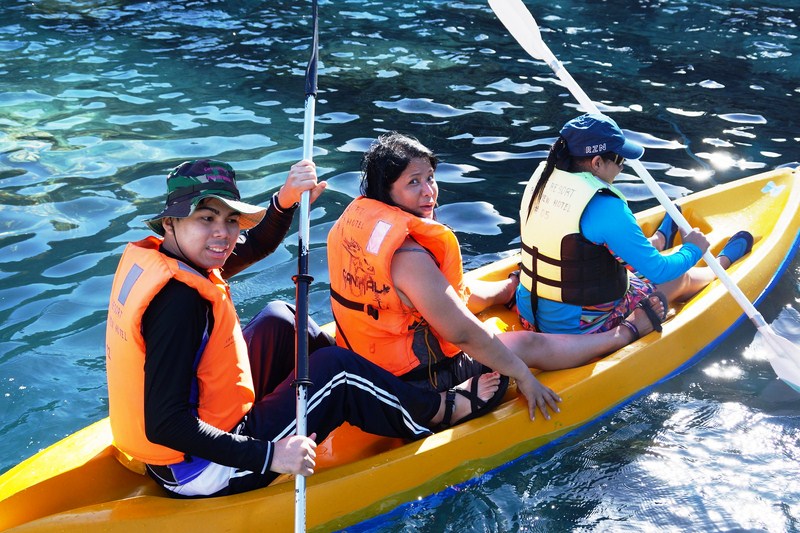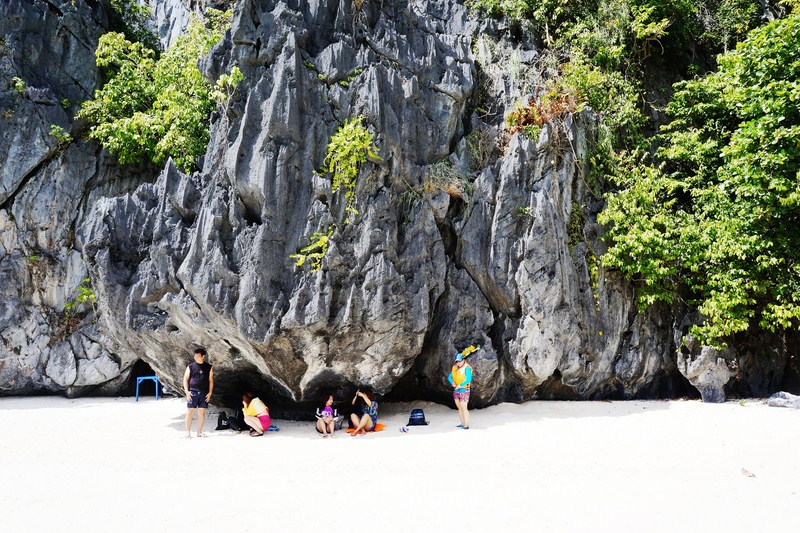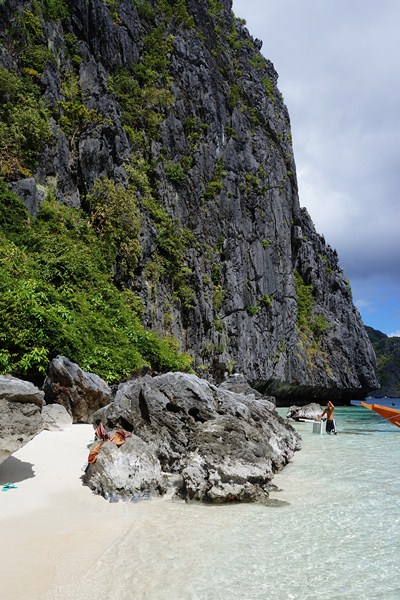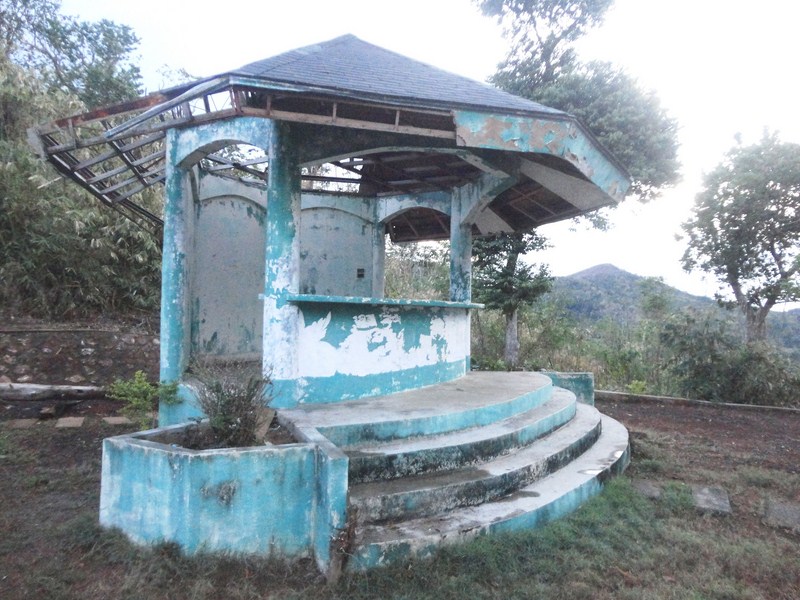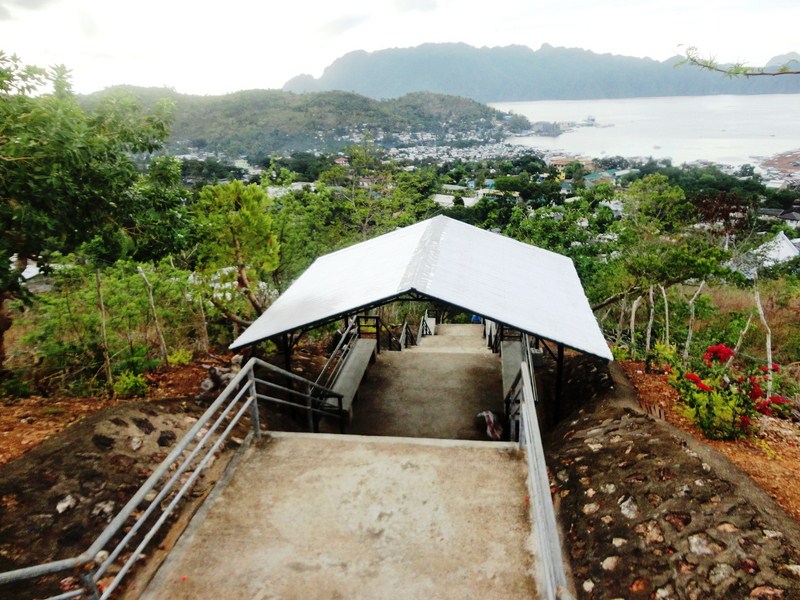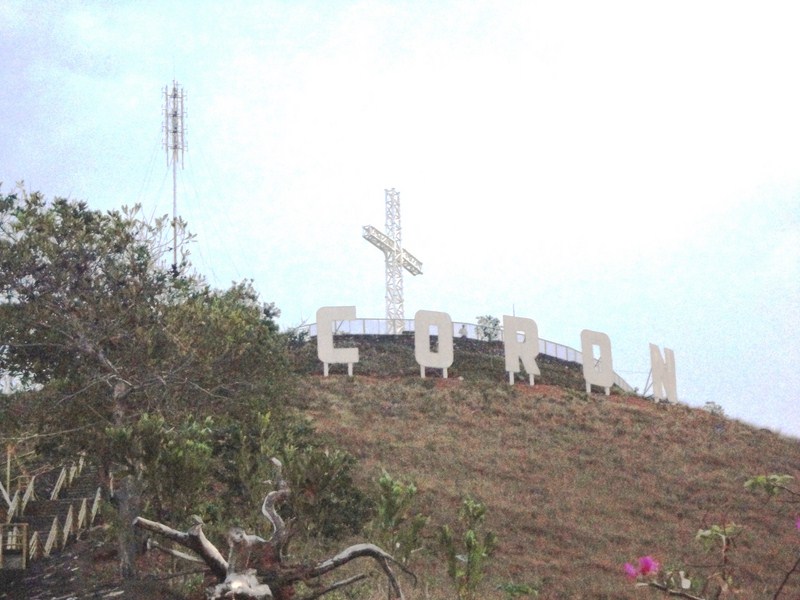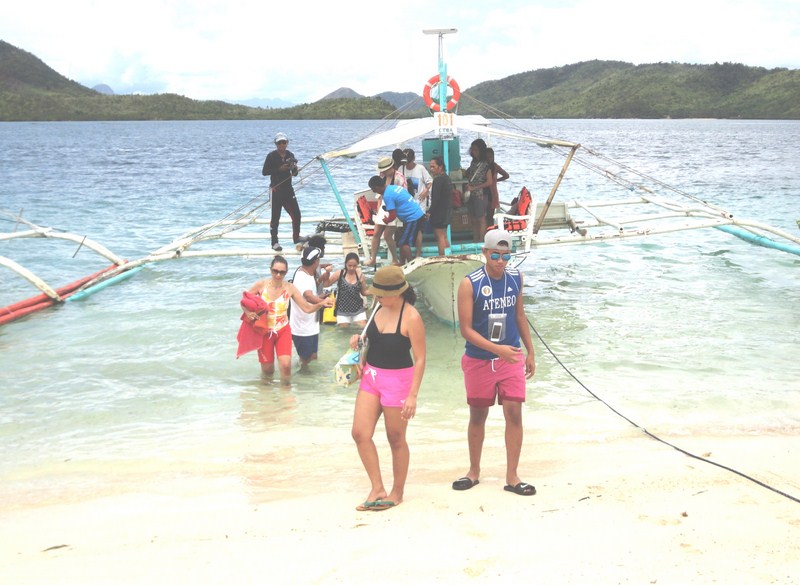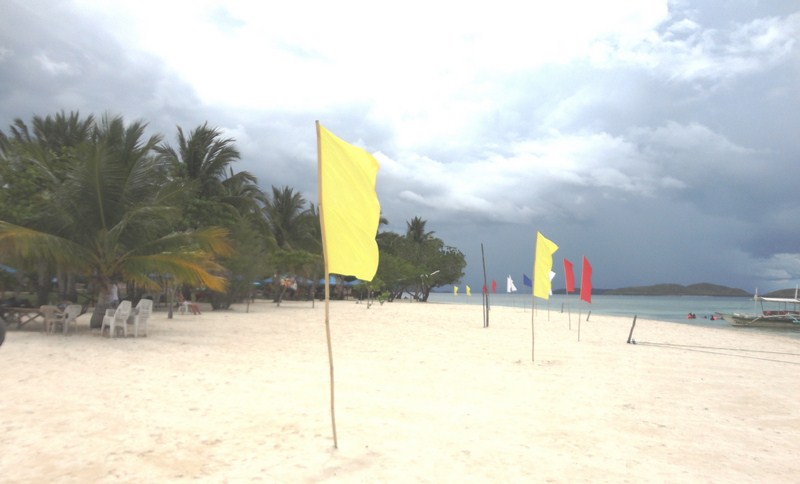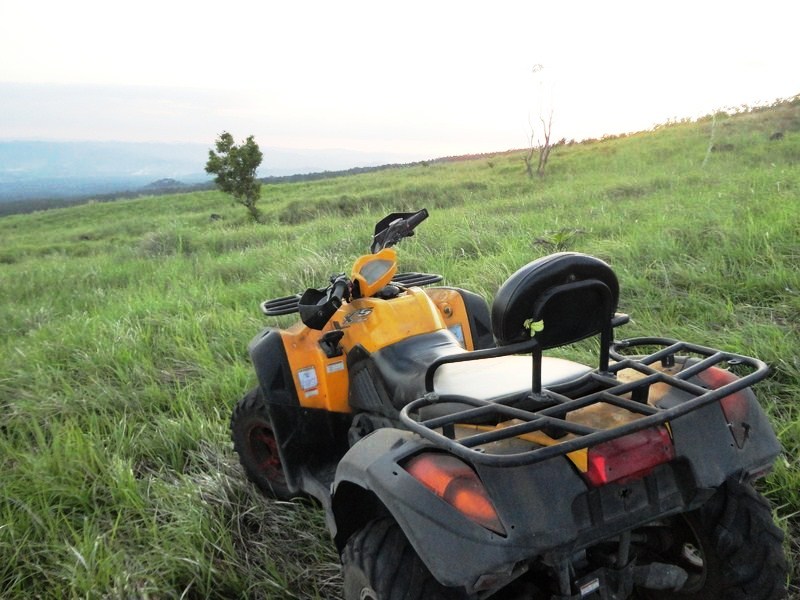From Secret Lagoon, we again boarded our motorized outrigger boat for the continuation of our Island Tour A, this time to the Small Lagoon. Along the way, we passed by, but didn’t stop, at the entrance of the Big Lagoon. On arrival, our outrigger boat parked , alongside other boats, just outside the entrance of the Small Lagoon as it could not access the interior as its entrance is narrow and its waters are shallow.
To view the wonders of the lagoon, we would have to either swim the 150-300 odd meters into the lagoon from our boat, if you’re a good swimmer, or kayak. Those who opt to swim usually get really tired going to the end of the lagoon, since the waters are deep inside. We all chose the latter.
Kayaks here are rented for PhP300. Though made for two people, a third person was allowed to seat between the two sitting compartments. Jandy joined Melissa and Osang in one kayak while I was joined by Luchie and another boatman. Tess, Venus, Sandy, Pam, Melai, York, Lydia and Weng also rented kayaks.
Donning our orange-colored life jackets, we made our way to the narrow archway between the rock face. Once through, we were ushered into eerily quiet and serene waters of a beautiful, turquoise lagoon enclosed by towering limestone cliffs. The giant limestone walls towering over us bounced around our echoes of wows.
We were always on the lookout as we kayaked as there were also a number of swimmers inside the lagoon. This place is also great for snorkeling and there were also some snorkelers checking out the underwater creatures beneath.
There was a rocky area where people could climb up and dive off or use it as a stage where they can do their selfies. We also checked out a small cave and pool at the end of the lagoon.
The Resort Bayview Hotel El Nido: Sitio Marimegmeg, Brgy. Corong-Corong, El Nido, 5313, Palawan. Tel: + 66(0) 76 281 406. Fax: + 66(0) 76 384 369. Mobile numbers: (0915) 250-7368 (Globe) and (0920) 975-8690. E-mail: theresortelnido@gmail.com. Website: www.elnidobayview.com.




